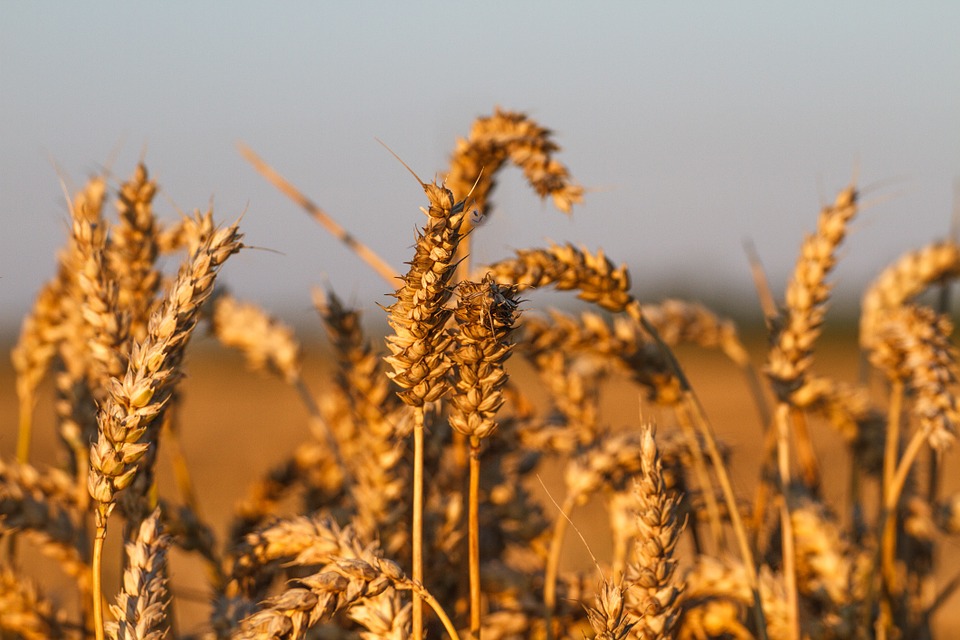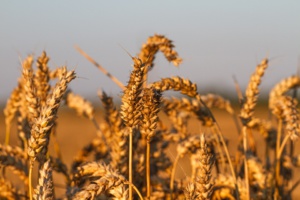According to the international coordinator of ISAAA Randy Hautea, this decrease, occurred after 19 years of continuous growth, does not mean that farmers are refusing biotechnology. "This happened mainly due to the overall reduction of land under grain, associated with the low prices of these commodities in 2015, - he explained. - We expect growth [of the area under cultivation of GMOs] after the recovery in prices."
The decline has mostly affected industrialized countries, where the area under genetically modified grains decreased by 3% per year. In developing countries, they, on the contrary, increased by 1%. More than half of all genetically modified grains (54%) is grown in South America, Asia and Africa.
The US are the largest manufacturer of such crops (70.9 million hectares). More than 90% of corn, soybeans and cotton grown by US farmers are genetically modified. Brazil is on the 2nd place, which ISAAA’s report calls "the engine of growth in the biotech grain." The area under genetically modified crops in Brazil increased by 2 million ha in 2015.
In the long term, according to Hautea, the geography genetically modified grain of traditional types (ie. resistant to herbicides and insecticides) will be expanded. "For example, the area of biotechnological cultivation of corn could rise by another 100 million hectares worldwide, including 60 million hectares in Asia and 35 million hectares in Africa", - says Hautea.
Furthermore, the market, in particular US, is actively displaying new genetically modified crops, including potatoes with two new features - emergence of resistance to late blight and dents, as well as apples, which are not so quickly darken on the cut.
ISAAA also selected 85 new genetically modified products for the study. They have not yet introduced to the market, but tests on them have already begun. Among them is a drought-resistant maize for Africa.
source: wsj.com
The decline has mostly affected industrialized countries, where the area under genetically modified grains decreased by 3% per year. In developing countries, they, on the contrary, increased by 1%. More than half of all genetically modified grains (54%) is grown in South America, Asia and Africa.
The US are the largest manufacturer of such crops (70.9 million hectares). More than 90% of corn, soybeans and cotton grown by US farmers are genetically modified. Brazil is on the 2nd place, which ISAAA’s report calls "the engine of growth in the biotech grain." The area under genetically modified crops in Brazil increased by 2 million ha in 2015.
In the long term, according to Hautea, the geography genetically modified grain of traditional types (ie. resistant to herbicides and insecticides) will be expanded. "For example, the area of biotechnological cultivation of corn could rise by another 100 million hectares worldwide, including 60 million hectares in Asia and 35 million hectares in Africa", - says Hautea.
Furthermore, the market, in particular US, is actively displaying new genetically modified crops, including potatoes with two new features - emergence of resistance to late blight and dents, as well as apples, which are not so quickly darken on the cut.
ISAAA also selected 85 new genetically modified products for the study. They have not yet introduced to the market, but tests on them have already begun. Among them is a drought-resistant maize for Africa.
source: wsj.com






